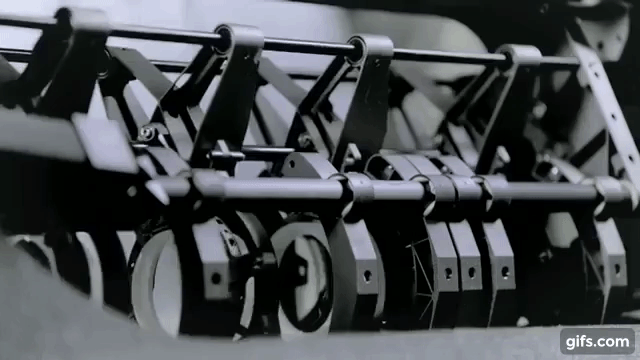Using sub-par materials and inaccurate dimensions does not sound like the appropriate start to a precision engineering project. However, a team at Sandia National Laboratories has done just that, and made a functional telescope capable of “seeing” as accurately as one five times the cost. How did they do it? By leveraging the advantages of design for additive manufacturing (DfAM).

Sandia National Labs on YouTube
Tooling over tolerances
The purpose of Sandia’s 3D printed telescope project was to take some of the weaknesses of metal additive manufacturing, and make sophisticated design allowances to turn them into strengths.
Ted Winrow, the Sandia mechanical engineer who led the project, explains, “…the project was looking at how [additive manufactuirng] could make it faster and cheaper and just as good,”
“If you make yourself insensitive to the things that additive’s not very good at, you take advantage of all its good things.”
The questions the team asked were, “Can we design a system that doesn’t care if your material is not as good as you expected it to be? Can you design a system that doesn’t care that your parts aren’t as dimensionally accurate?”
This was achieved by focusing on the assembly of the telescope using precise tooling, rather than manufacturing parts with precise tolerances.

Design allowances
One of the challenges the team overcame in this project, is the precise positioning of lenses – all four of them.
Traditionally, the lenses would sit on a ledge, made to fit exactly in the right position. Instead, the Sandia team used tolling, designed to hold the lenses in place while epoxy resin was added, setting each one in place.
Winrow explains, “We can make parts that are less precise as far as dimensions are concerned because of the epoxy in the process. It’s the tooling that’s precise.”
In addition to the telescope’s design, Sandia researchers created an algorithm that can compensate for downgraded lens quality, cancelling out errors and distortions.
With these allowances, the team can use optics three times cheaper than those in and average, high-performance lens.

Additive at Sandia
At Sandia, additive manufacturing has proven especially pertinent for power generation and environmental research directives.
It’s 13 meter long wind turbine blade mold recenlty won an award from the Federal Laboratory Consortium for the application of 3D printing. As part of a project for the Solar Energy Research Institute for India and the United States (SERIIUS) Sandia researchers also applied 3D printing to the production of solar power receivers.
Now complete, the 3D printed telescope project is contributing important information to future design projects at the labs.
Stay on the cutting edge of additive research by subscribing to the 3D Printing Industry newsletter, following us on Twitter and liking us on Facebook.
Now is the time to sign up to 3D Printing Jobs. Post and find new opportunities near you now.
Featured image shows Sandia project lead Ted Winrow and the telescope made using 3D printing. Photo by Randy Montoya/Sandia National Laboratories


